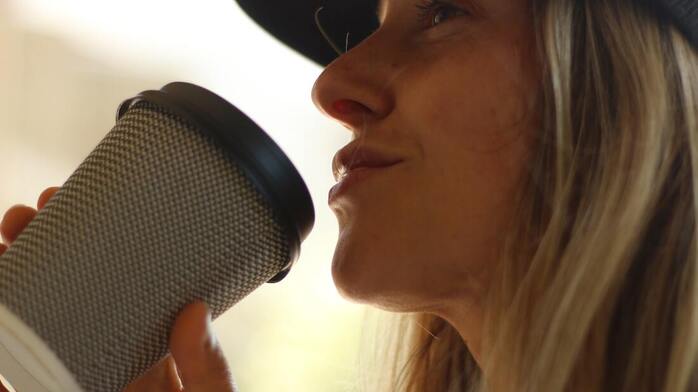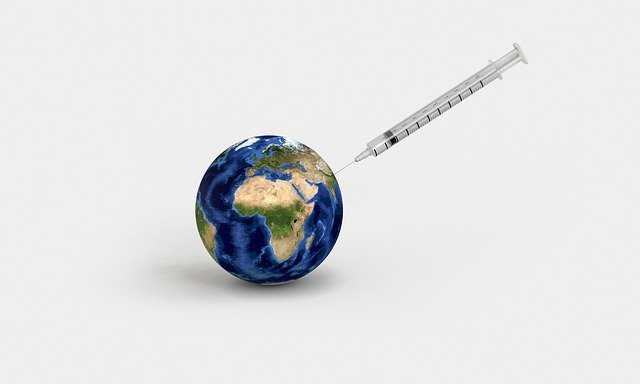Are Microplastics In Your Takeout Making You Sick?
Microplastics are microscopic pieces of plastic that can fragment off larger plastic items through friction, heat, and other everyday occurrences. Microplastics are very common, with the average person being estimated to consume 39,000 to 52,000 particles per year. The full extent of the medical effects of microplastics are still being researched, however many of the chemicals used in plastic production are endocrine disruptors, which disrupt the hormones in the body and can lead to severe conditions like diabetes and heart disease. These particles can also accumulate in the bloodstream and organs such as the lungs. Another issue is genotoxicity, or the plastics causing mutations which could lead to cancer or autoimmune diseases. These fragments can be found in many parts of our environment and daily lives, however a new study from China found an alarming amount in takeaway containers.
The study analyzed seven different types of take out containers common in China, simulating the regular use of the items before testing the amount of microplastics produced. Scientists then filled the containers with purified water and then filtered the water to isolate the plastic particles. After analyses they found the packaging had an enormous 29 to 552 particles per container. The researchers calculated that, based on the number of particles found, a person ordering takeaway 5 to 10 times a month would consume 145 to 5520 microplastics per month–assuming that there are around three plastic items in the order (including the plastic bag everything comes in). They cautioned this amount could be an underestimation because of the limitations of their equipment.
The study analyzed seven different types of take out containers common in China, simulating the regular use of the items before testing the amount of microplastics produced. Scientists then filled the containers with purified water and then filtered the water to isolate the plastic particles. After analyses they found the packaging had an enormous 29 to 552 particles per container. The researchers calculated that, based on the number of particles found, a person ordering takeaway 5 to 10 times a month would consume 145 to 5520 microplastics per month–assuming that there are around three plastic items in the order (including the plastic bag everything comes in). They cautioned this amount could be an underestimation because of the limitations of their equipment.
Image Source: Bradley Hook
Besides giving up takeout, there are several key ways that can limit the amount of microplastics people consume. Switching to restaurants that use paper or cardboard containers is a simple fix, as well as adopting habits that limit the amount of plastics shed into the food. Heat is a main cause of fragmentation, so heating up the meal in another, non-plastic container would greatly reduce the amount of plastics released. Transferring food to a safer container as soon as possible can limit the time the food is in contact with plastic and prevents more from being released. In addition, awareness and support of further research into the effects of microplastics could help confirm the health effects of these particles and allow consumers to make more informed decisions regarding their diet and health. While the health effects of microplastics are still largely undocumented, being aware of the potential risks of autoimmune issues, hormone imbalances, and build up of plastic in the body can only benefit the public.
Featured Image Source: FOX
RELATED ARTICLES
|
Vertical Divider
|
Vertical Divider
|
Vertical Divider
|






